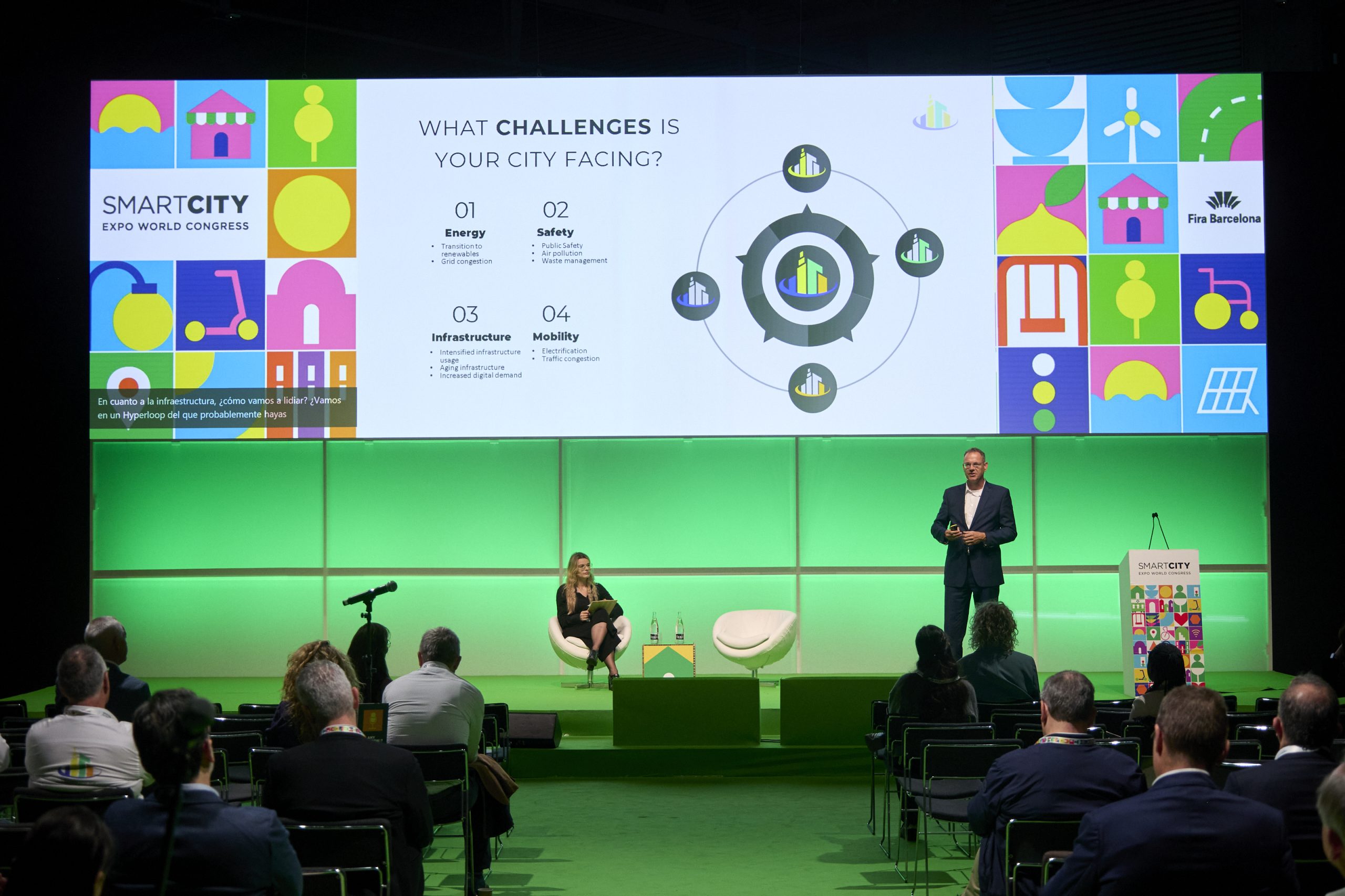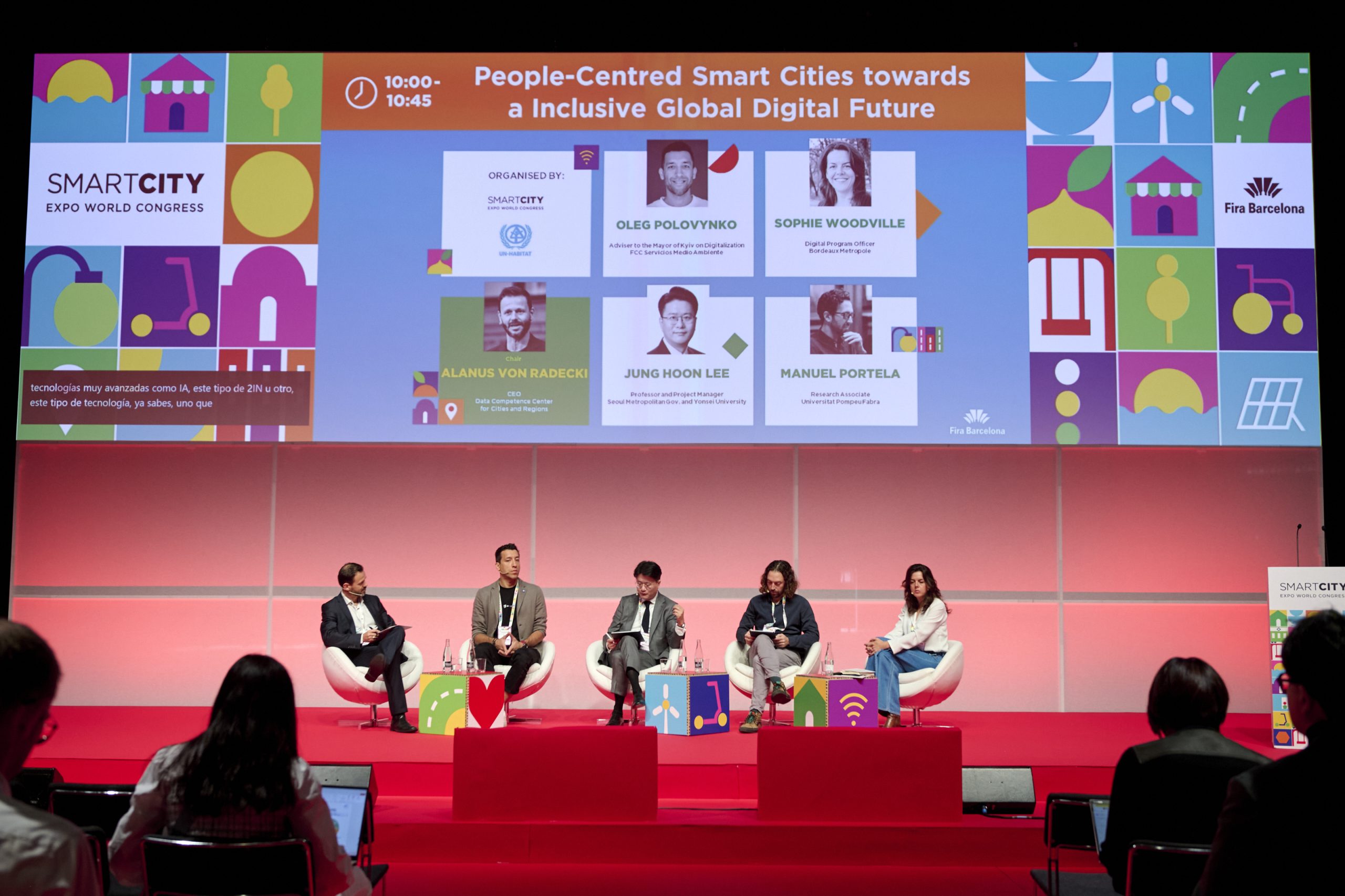Author | M. Martínez Euklidiadas
Processes and services based on vast volumes of data, known as big data, are transforming the world of medicine and public health with its enormous potential to improve the prevention of diseases and illnesses, enhancing diagnostic accuracy and identifying risk factors or personalized treatment planning. In an urban context big data also help to improve public policies.
Understanding big data in public health
In some countries, such as the United States, up to 60% of your health is determined solely by your zip code, as the health authorities are well aware of. They are aware of this because they conduct epidemiological studies that use vast quantities of data as a source. Big data is essential to the planning strategies of National Healthcare Systems, optimizing the limited economic funds available to treat common illnesses and reducing the appearance of the same.
But, where do these data come from? How are they obtained? The most common sources of big data for the public health sector include:
- Patient records and medical history, collected over years or decades. They tend to be relatively structured.
- Wearable devices, particularly in the private sector or in research. Watches or cell phones reveal more about our health than we think.
- Remote Patient Monitoring Systems or RPM, which monitor patients 24/7, obtaining vast sets of data.
Application of big data in public health

The first record of big data being applied to public health was to remove the handle from a public water pump. In 1854, Doctor John Snow mapped cholera cases in London, reaching the conclusion that the problem was the water. Underestimated by his fellow physicians for his methods, he saved thousands of lives. Today, billions of data are used, not dozens.
The most recognizable applications of big data today include the John Hopkins University COVID-19 Dashboard visualization tool, which ceased its activity in October 2023. The map, which when viral hours after it was launched, is an example of the milestones that can be achieved when working together and sharing open data.
Less visible than this map, big data helps public health in aspects such as those described by the big data study, conducted by the European Commission in 2016:
- Improving early diagnosis and treatment efficacy and quality, by identifying early signs, and in turn reducing the likelihood of adverse reactions.
- Extending the possibilities of disease prevention through the identification of disease risk factors, such as acoustic or chemical pollution.
- Improving pharmacovigilance and patient safety by making informed medical decisions based on information directly delivered to patients.
- More accurate prediction of results.
Data-driven public policymaking
Thanks partly to big data, the current decarbonization of cities is fulfilling to purposes: on the one hand, attribution science undoubtedly points at fossil fuels as the dominant cause of the climate crisis; and, on the other, burning those same fuels for transport is among the main risk factors within the urban context together with those relating to heating systems.
These data have also promoted movements to include more green areas within cities, and to distribute these more fairly, improve early warning systems for diseases such as Dengue or Zika and optimize the response times of ambulances. Thanks to big data, for example, we know that it was overcrowding and not urban density, that made cities more vulnerable to COVID-19.
Regulating big data in healthcare: better health while doing no harm to patients, even when they are customers
One of the fundamental principles of public health is, apart from increasing or improving healthcare coverage, doing no harm to patients through data. This may seem contradictory in the setting described above, but the truth is, there are many examples of how data have marked discriminatory policies in countries that offer little protection for their citizens, some of which are included in Cathy O’Neil’s Weapons of Math Destruction (2017).
Countries including the United States, at the forefront in the use of medical data (not always in favor of patients-customers in a practically non-existent National Healthcare System) had to publish a Genetic Information Nondiscrimination Act (GINA).
There is no doubt of the vast potential of big data in terms of improving the lives of people through an improved public healthcare system, however, it is not without its challenges, since technology needs to be democratic, unbiased and auditable.
Image | Luke Chesser






















































